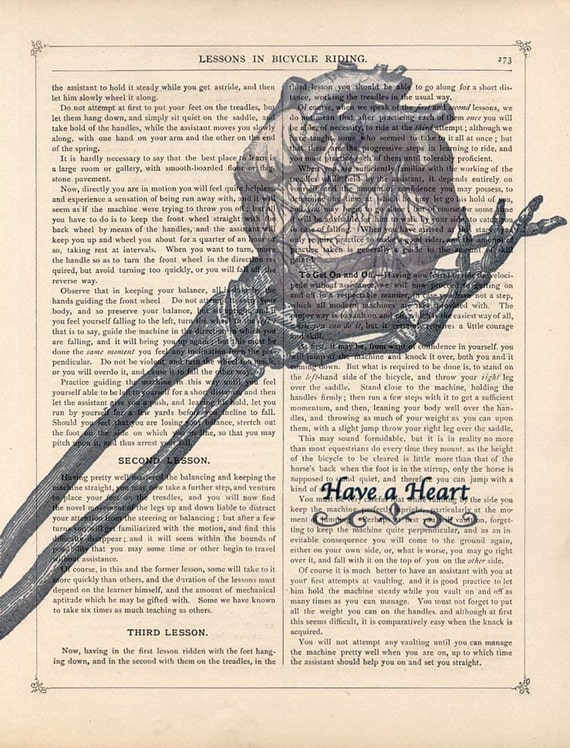
To me, the most interesting character in the history of angioplasty was Andreas Gruentzig, a German Cardiologist, who first learnt of the angioplasty technique at a lecture by the American doctor Charles Dotter in the late 1960s. The method he observed did not use a balloon, but pushed a catheter through an occluded artery, a bit like a pipe cleaner.
Gruentzig hypothesised that a balloon catheter would be an improvement, however, he encountered resistance to his work to develop a balloon catheter in Germany so moved to Zurich in 1969.
Gruentzig presented the theory of his balloon catheter to the 1975 AHA meeting (American Heart Association). This was unfortunately met by widespread scepticism. However, Dr. Richard Myler did see potential in the technique and invited Gruentzig to San Francisco where they performed a direct method on an anaesthetised patient during by-pass surgery. This first attempt was a success.
On his return to Zurich the work continued and on September 16th, 1977, in the University Hospital, the first transluminal coronary angioplasty (PTCA) procedure on an awake patient with a balloon catheter was performed. This was with a catheter he made in his kitchen!
He expanded a 3mm section of the left anterior descending (LAD) artery. The immediate results were very good, with the patient remaining angina free. The patient was followed up on the 10 year anniversary of the procedure and the artery remained almost perfectly expanded. An excellent result, even by today's standards!
Gruentzig returned to the 1977 meeting of the AHA with the results of his first four cases. This time he was rewarded with a standing ovation. His amazing breakthrough and contribution to the future of cardiology acknowledged by his peers.
Gruentzig felt it was extremely important that he pass the techniques involved in this new procedure on himself. He was concerned that clinicians would not understand the risks and pitfalls without his guidance. He also continued to make catheters himself and kept this under tight control and distributed his creations with great care.
In late 1980 Gruentzig moved to Atlanta, having felt stifled by the bureaucracy in Europe.
Unfortunately, in October 1985, Andreas Gruentzig and his wife were killed in a plane crash in stormy weather, he was piloting the plane at the time. He was only 46 years old.
Amazingly, the catheters used today are still of a similar design to those designed on a kitchen table in the 1970's. His death was a great loss to the world of medicine.
 I have been using in under my moisturiser at night for the past week and my skin is so lovely, soft yet firm. Plus, it may be wishful thinking and good light, but there seems to be less lines!
I have been using in under my moisturiser at night for the past week and my skin is so lovely, soft yet firm. Plus, it may be wishful thinking and good light, but there seems to be less lines!













